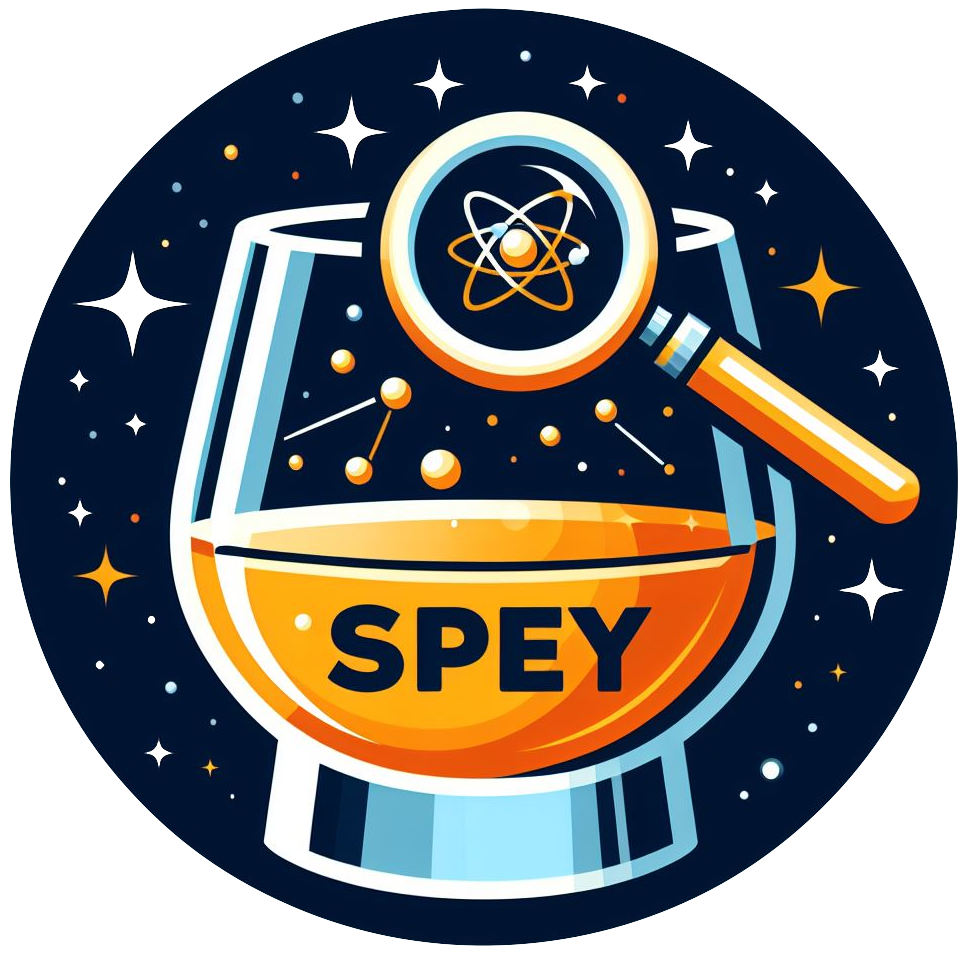spey.hypothesis_testing.upper_limits.find_poi_upper_limit#
- spey.hypothesis_testing.upper_limits.find_poi_upper_limit(maximum_likelihood: Tuple[float, float], logpdf: Callable[[float], float], maximum_asimov_likelihood: Tuple[float, float], asimov_logpdf: Callable[[float], float], expected: ExpectationType, confidence_level: float = 0.95, allow_negative_signal: bool = True, low_init: float = 1.0, hig_init: float = 1.0, expected_pvalue: Literal['nominal', '1sigma', '2sigma'] = 'nominal', maxiter: int = 10000) float | List[float][source]#
Find upper limit for parameter of interest, \(\mu\)
- Parameters:
maximum_likelihood (
Tuple[float, float]) – Tuple including \(\hat\mu\) and minimum negative log-likelihood.logpdf (
Callable[[float], float]) – log-likelihood as function of POI, \(\log\mathcal{L}(\mu)\)maximum_asimov_likelihood (
Tuple[float, float]) – Tuple including \(\hat\mu_A\) and minimum negative log-likelihood for Asimov data.asimov_logpdf (
Callable[[float], float]) – log-likelihood as function of POI, \(\log\mathcal{L}_A(\mu)\) for Asimov data.expected (ExpectationType) –
Sets which values the fitting algorithm should focus and p-values to be computed.
observed: Computes the p-values with via post-fit prescriotion which means that the experimental data will be assumed to be the truthaposteriori: Computes the expected p-values with via post-fit prescriotion which means that the experimental data will be assumed to be the truth.apriori: Computes the expected p-values with via pre-fit prescription which means that the SM will be assumed to be the truth.
confidence_level (
float, default0.95) – Determines the confidence level of the upper limit i.e. the value of \(1-CL_s\). It needs to be between[0,1].allow_negative_signal (
bool, defaultTrue) – _description_low_init (
float, defaultNone) – Lower limit for the search algorithm to starthig_init (
float, defaultNone) – Upper limit for the search algorithm to startexpected_pvalue (
Text, default"nominal") –In case of
aposterioriandaprioriexpectation, gives the choice to find excluded upper limit for statistical deviations as well."nominal": only find the upper limit for the central p-value. Returns a single value."1sigma": find the upper limit for central p-value and \(1\sigma\) fluctuation from background. Returns 3 values."2sigma": find the upper limit for central p-value and \(1\sigma\) and \(2\sigma\) fluctuation from background. Returns 5 values.Note
For
expected=spey.ExpectationType.observed,expected_pvalueargument will be overwritten to"nominal".
maxiter (
int, default10000) – Maximum iteration limit for the optimiser.
- Returns:
In case of nominal values it returns a single value for the upper limit. In case of
expected_pvalue="1sigma"orexpected_pvalue="2sigma"it will return a list of multiple upper limit values for fluctuations as well as the central value. The output order is \(-2\sigma\) value, \(-1\sigma\) value, central value, \(1\sigma\) and \(2\sigma\) value.- Return type:
Union[float, List[float]]
